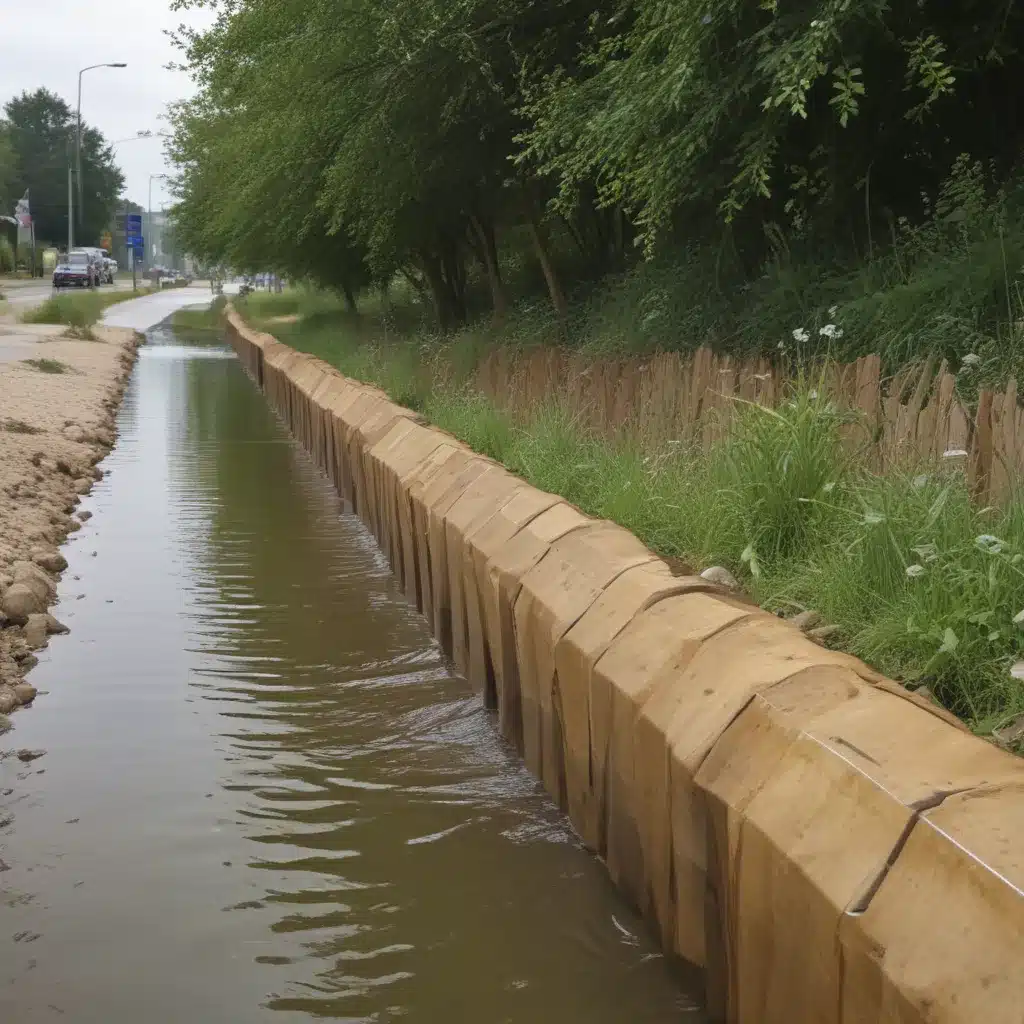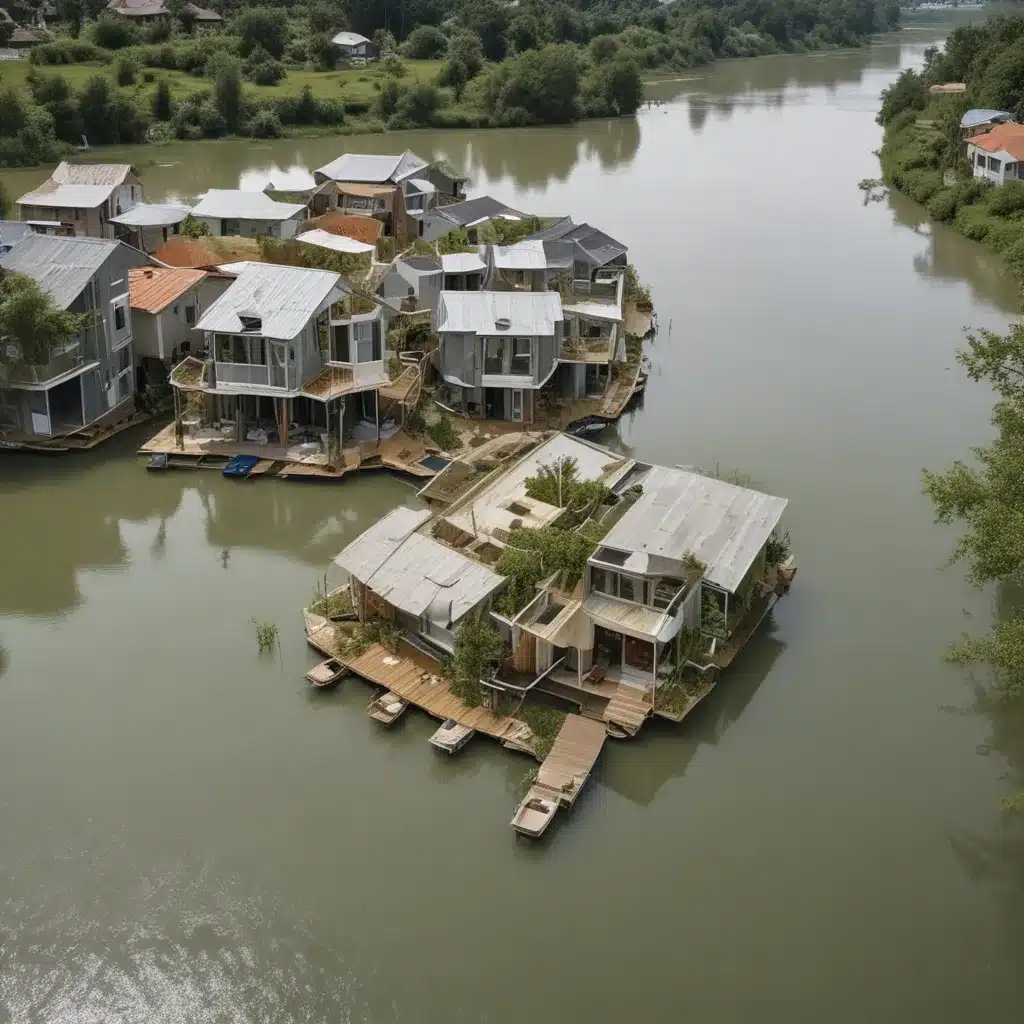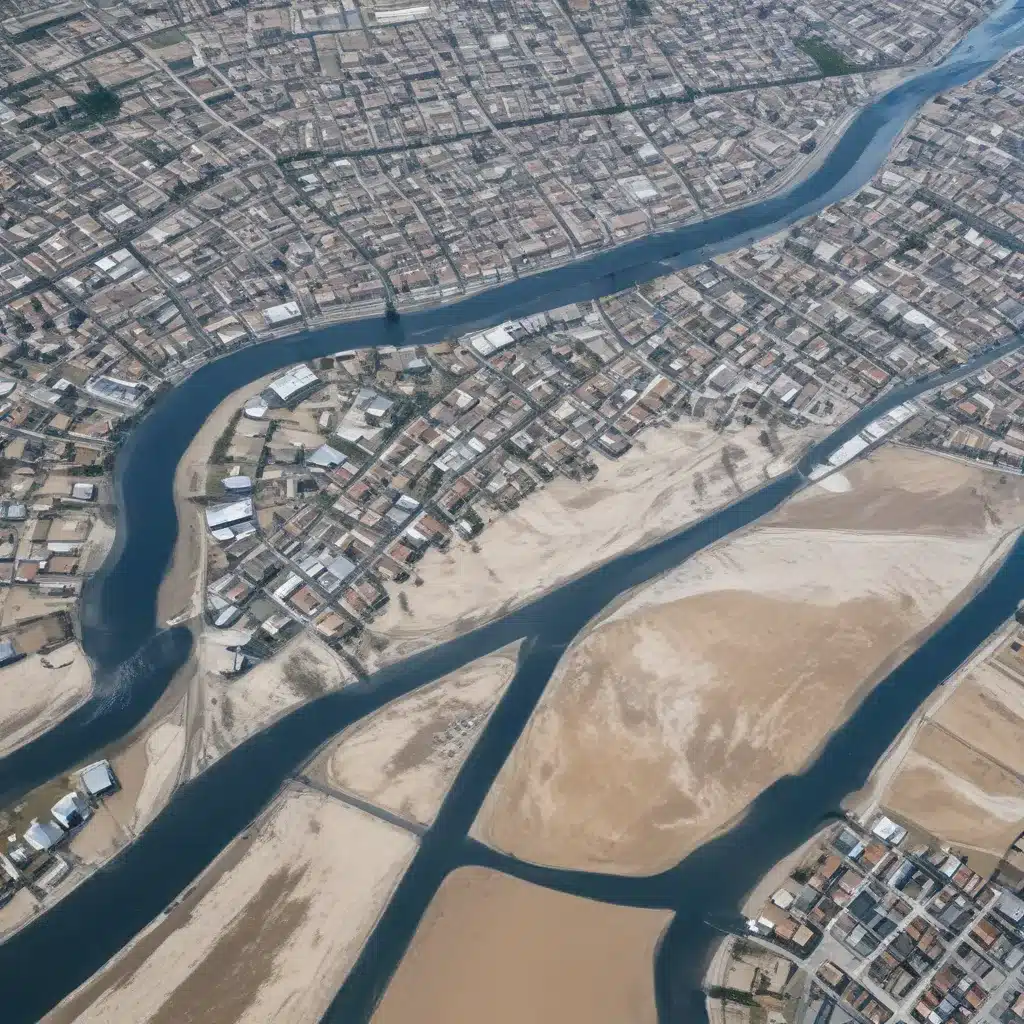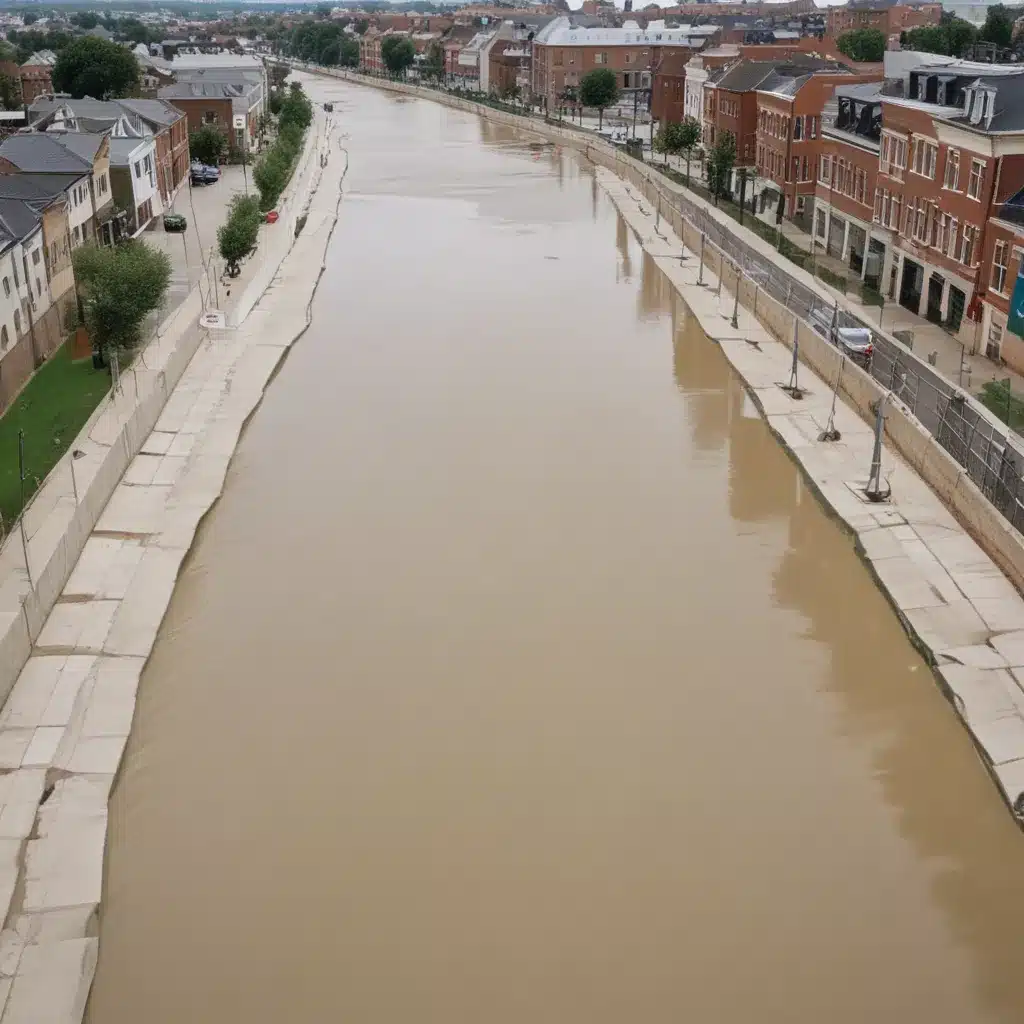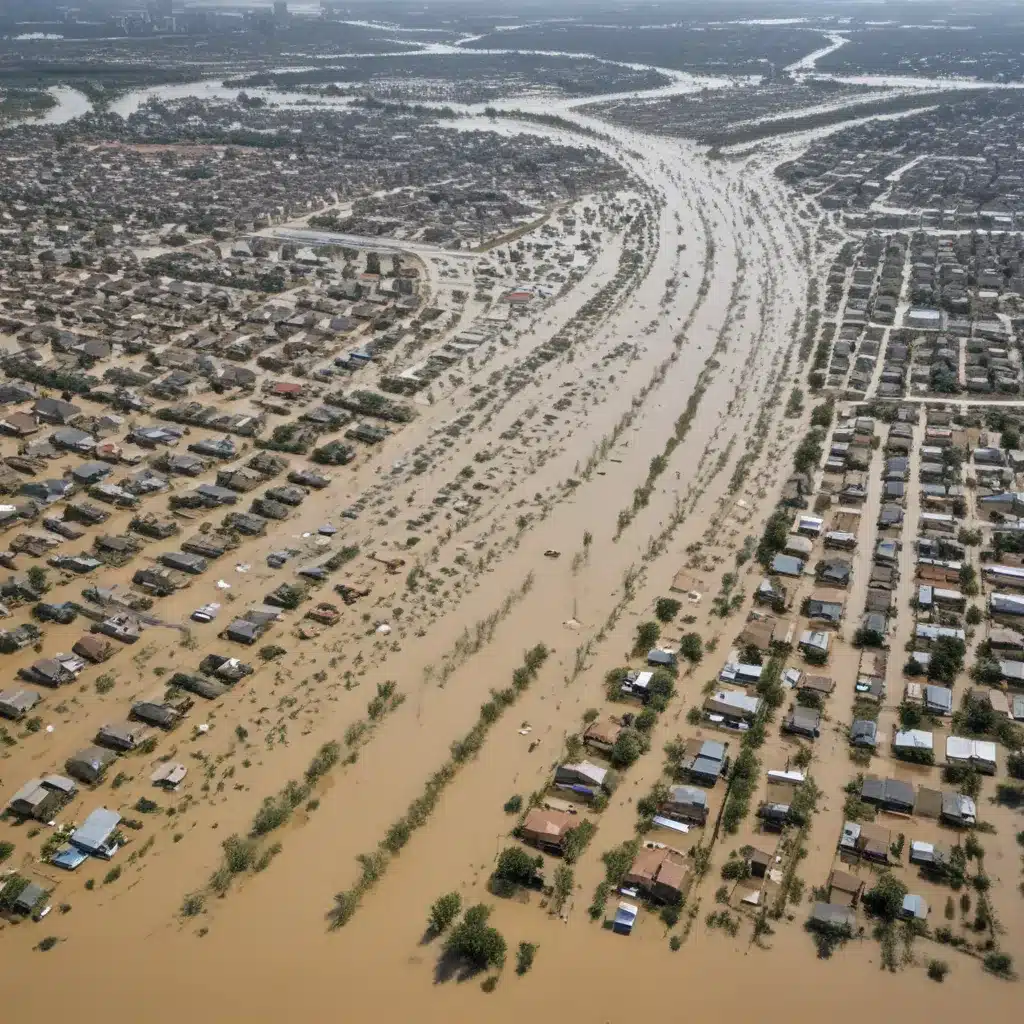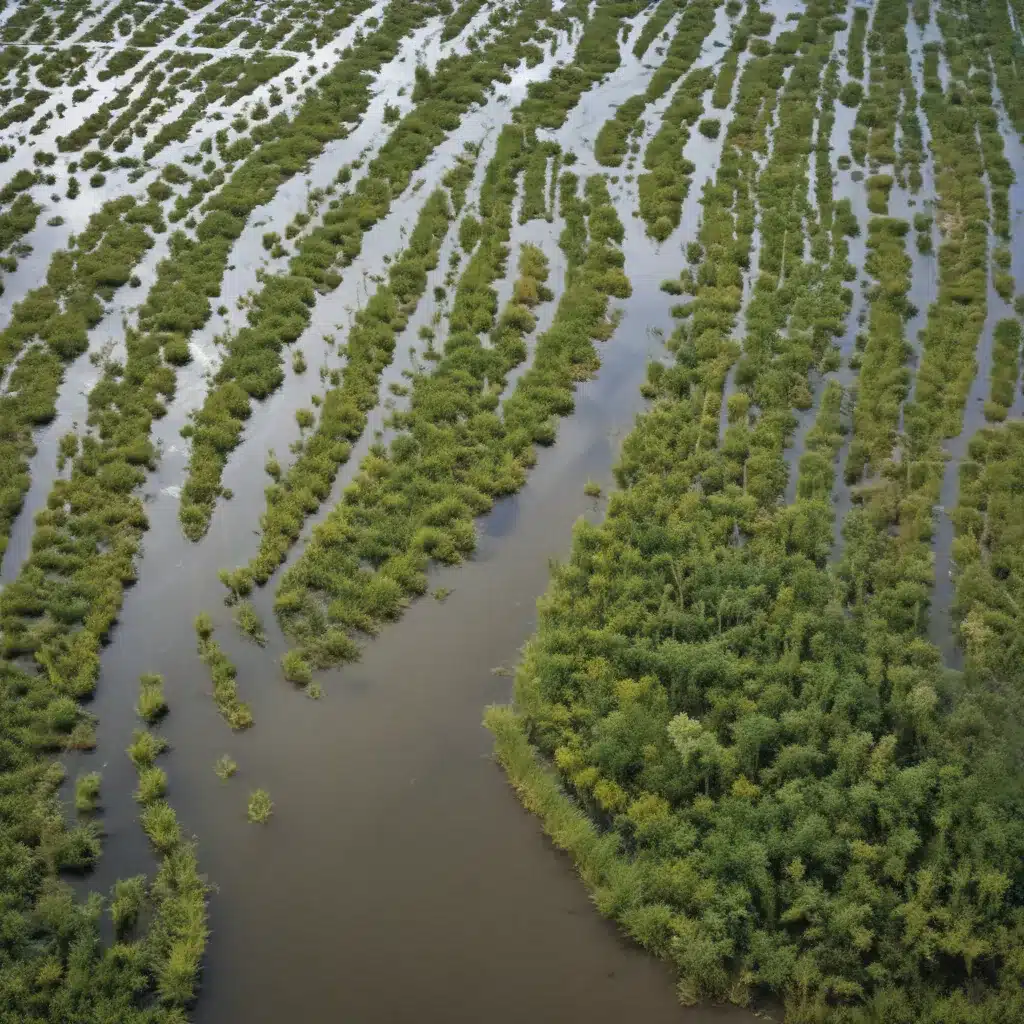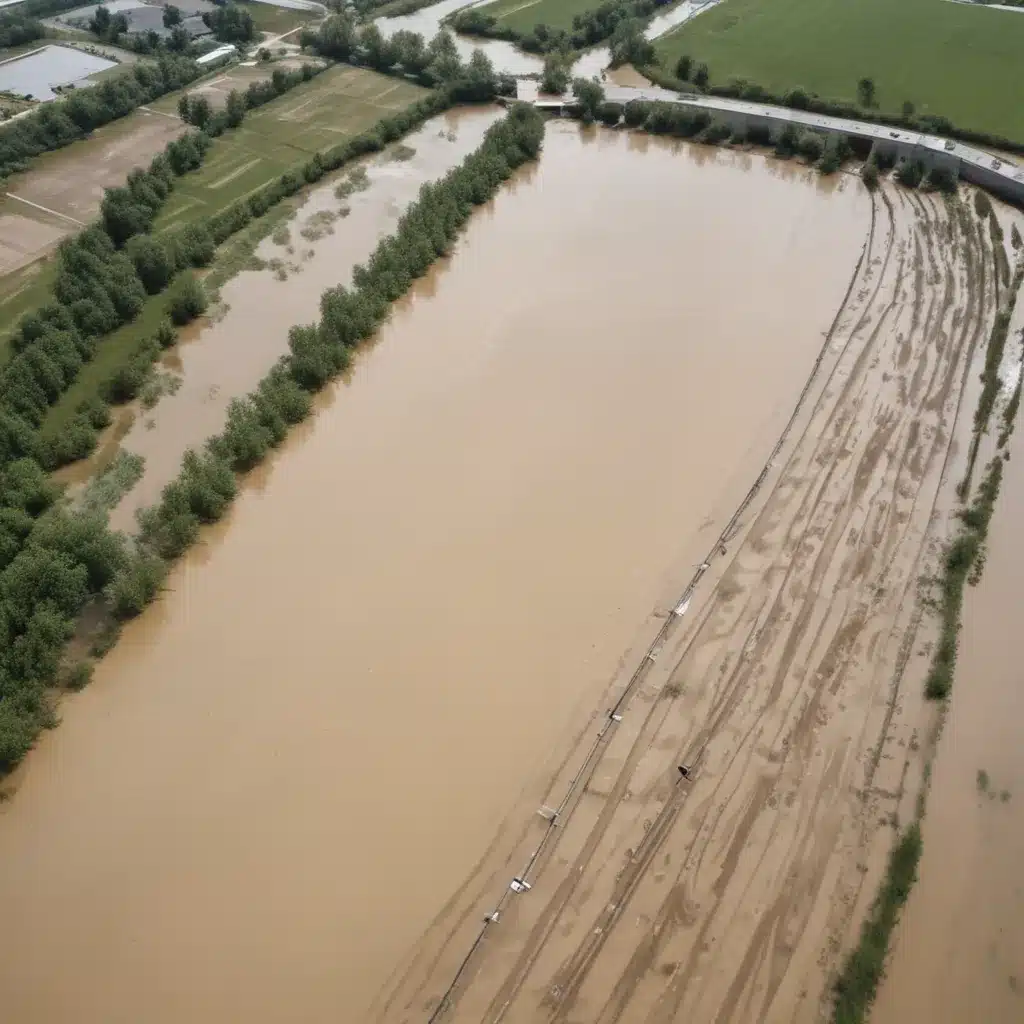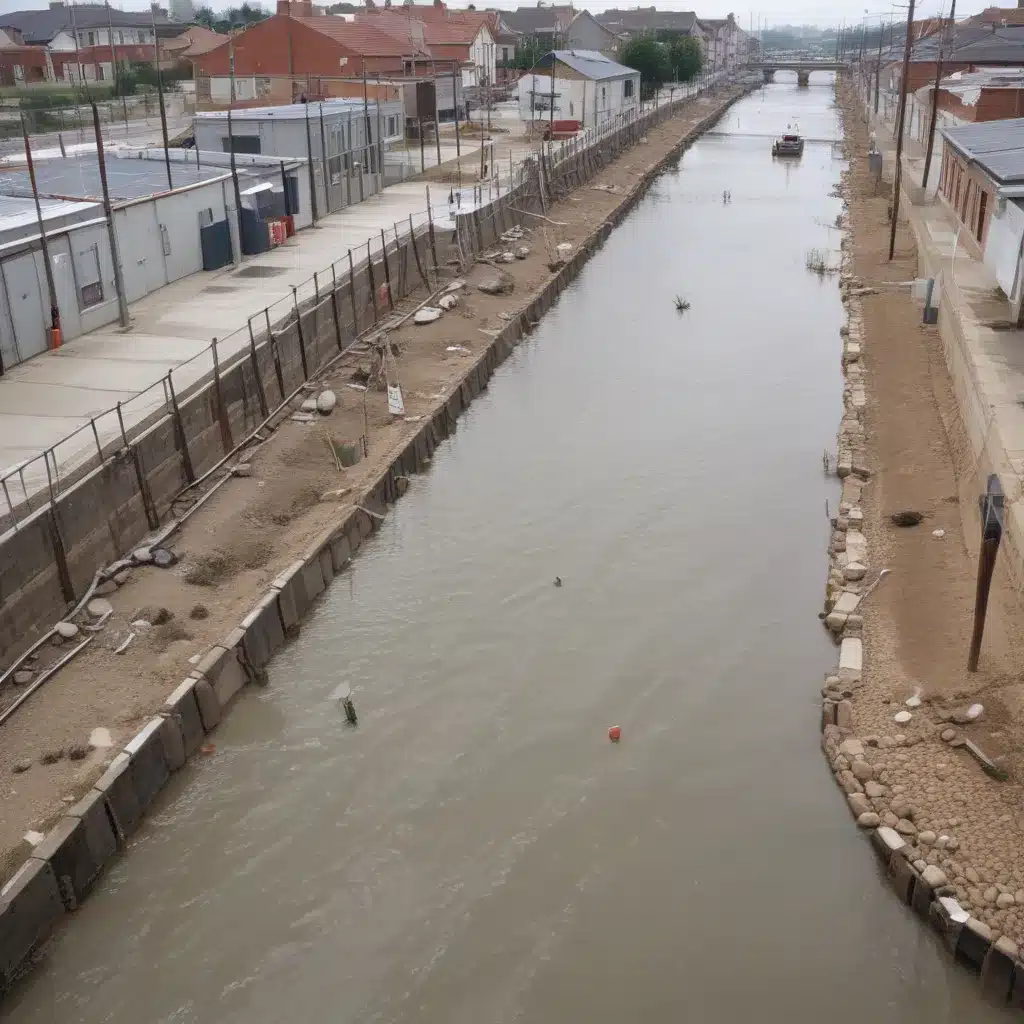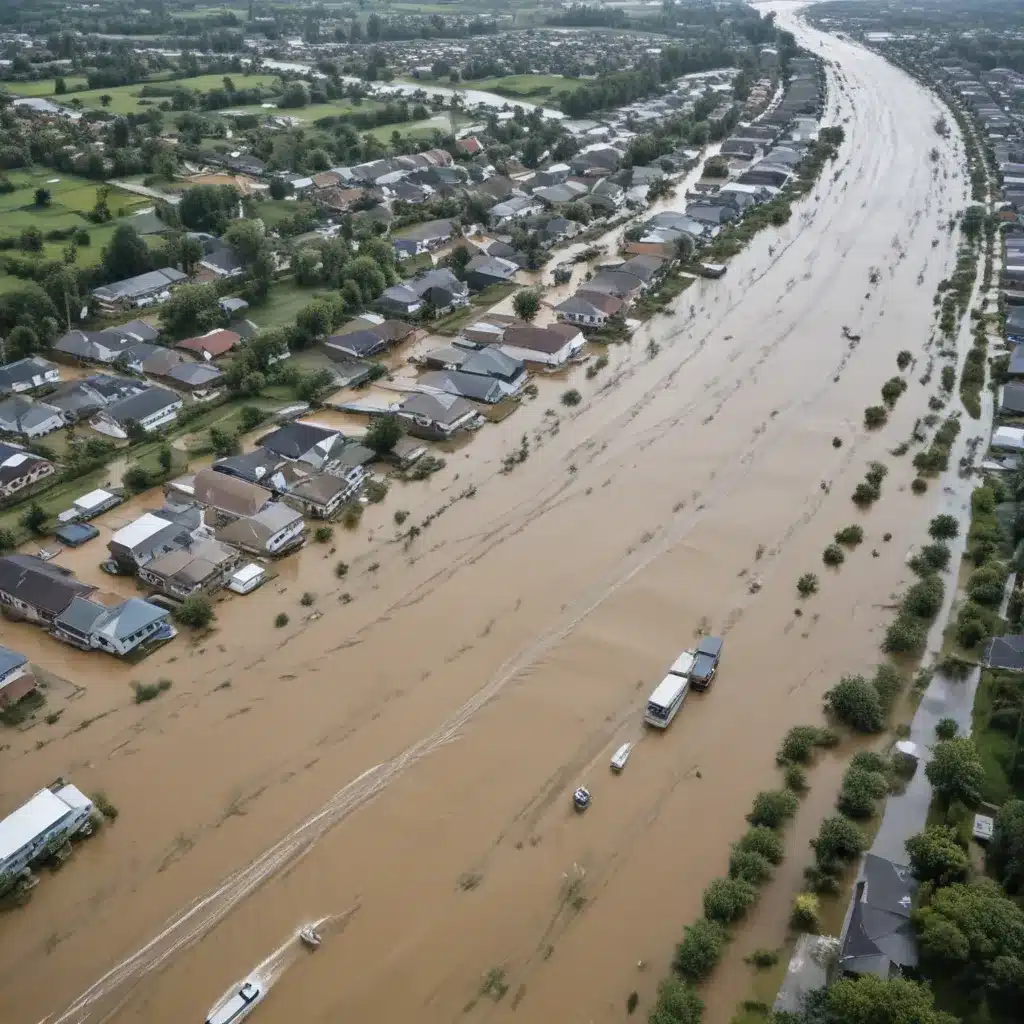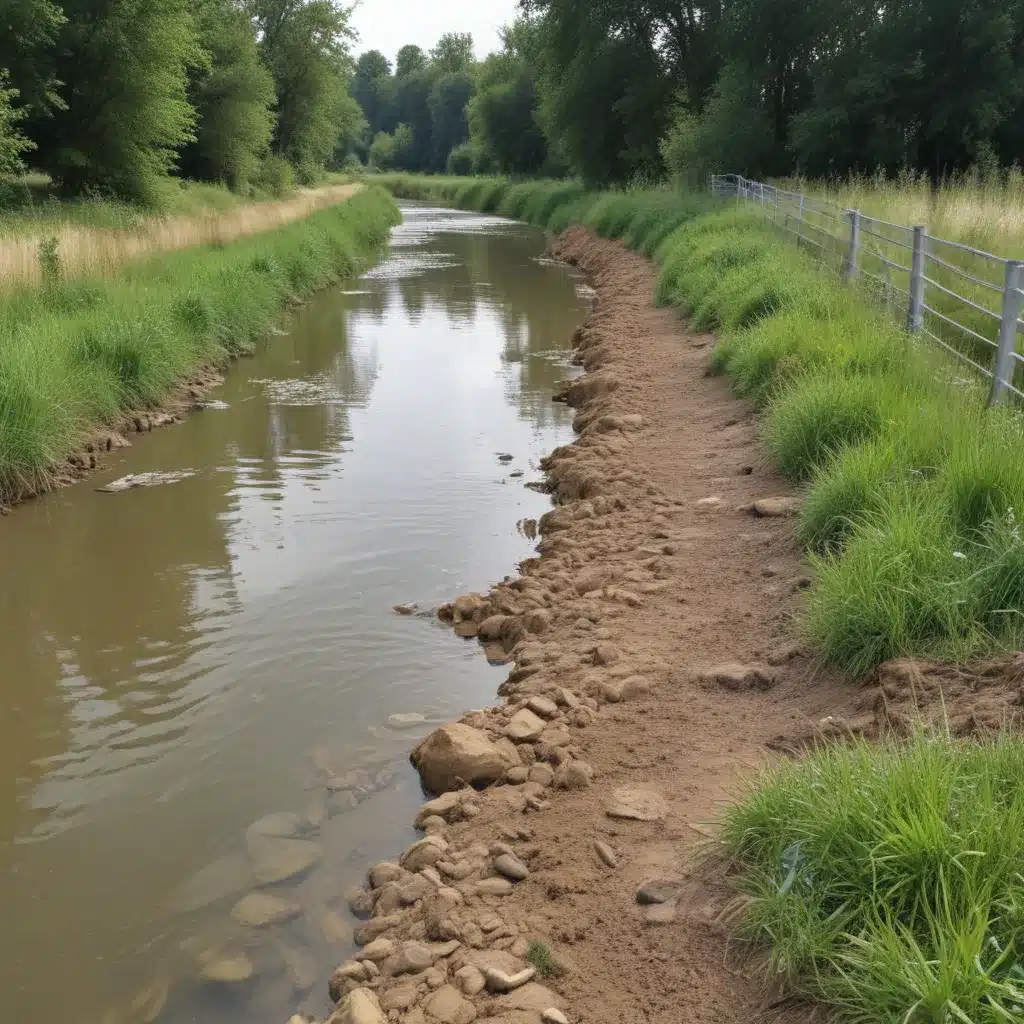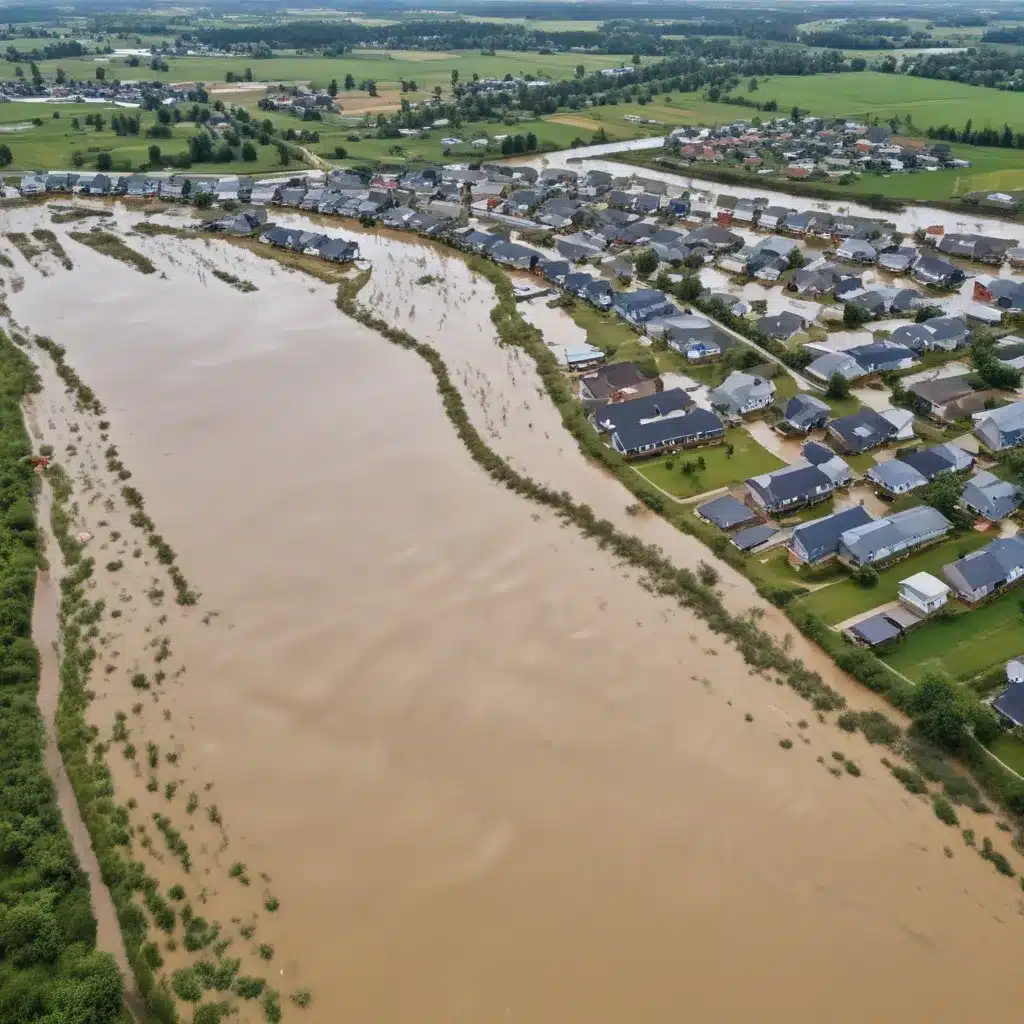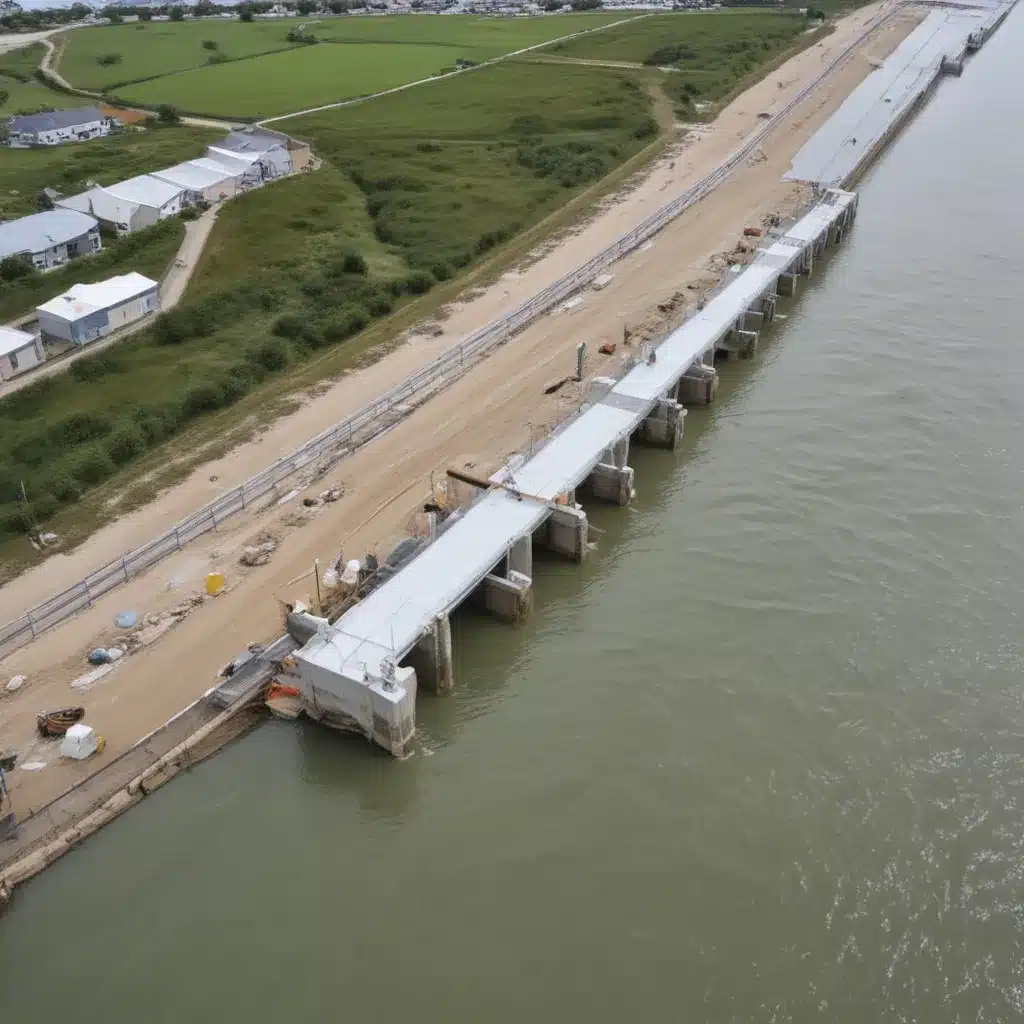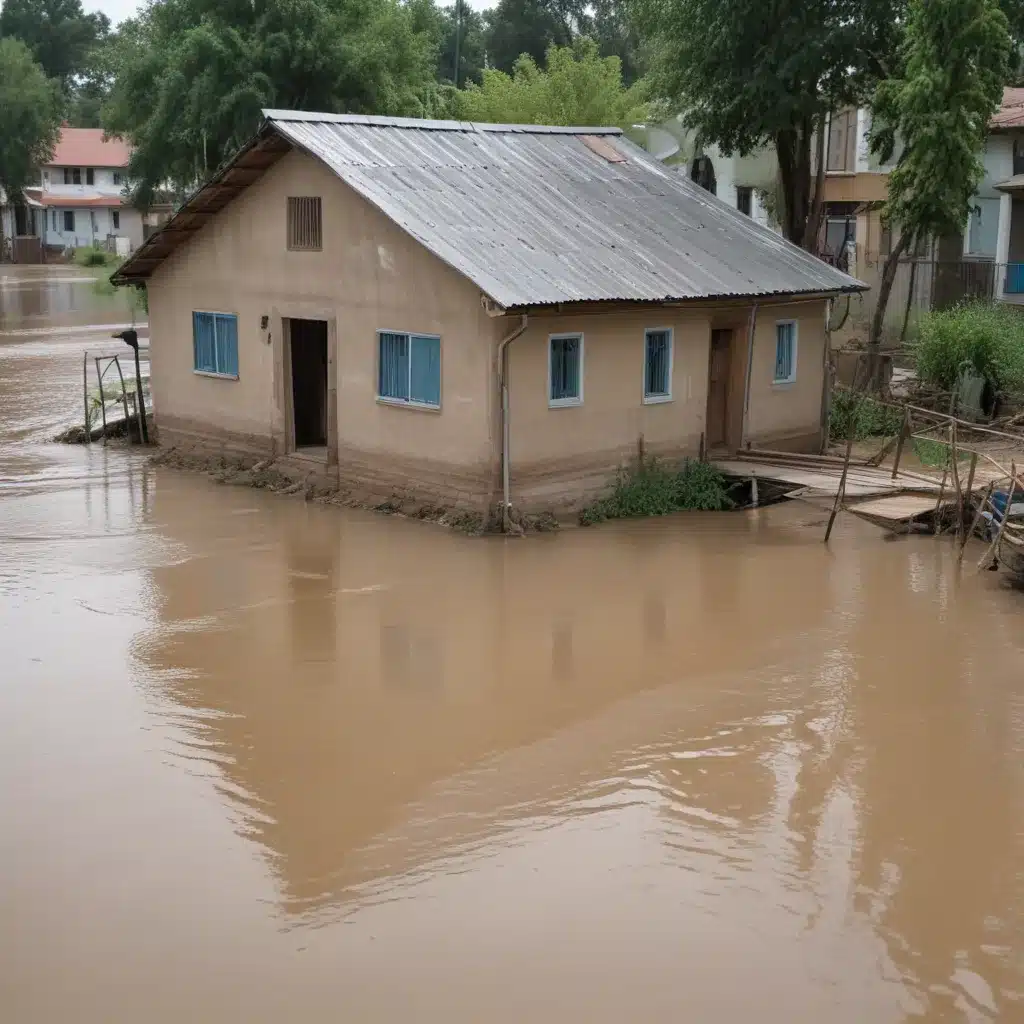In today’s rapidly evolving world, the impact of urbanization on our environment cannot be ignored. As cities grow and develop, we face a multitude of challenges, one of which is urban flooding. The rise in extreme weather events, combined with inadequate infrastructure, often leads to devastating consequences. However, with the advent of artificial intelligence (AI), we now have a powerful tool at our disposal to tackle this issue head-on. In this article, we will delve into the role of AI in preventing urban flooding and how it can revolutionize our approach to urban planning and disaster management.

Understanding the Problem
Before we explore the potential of AI, it’s crucial to understand the underlying causes and implications of urban flooding. Rapid urbanization often leads to the destruction of natural drainage systems, such as wetlands and rivers. As a result, rainwater cannot be effectively absorbed, leading to surface runoff and subsequent flooding. Additionally, the intensification of extreme weather events, fueled by climate change, further exacerbates the problem.
AI’s Contribution in Flood Prediction
One of the key areas where AI can make a significant impact is in flood prediction. Traditional methods of forecasting rely on historical data and meteorological models. While these methods are valuable, AI can enhance them by analyzing vast amounts of data to identify patterns and trends that may have otherwise gone unnoticed. By utilizing machine learning algorithms, AI can continuously learn and adapt, improving the accuracy of flood predictions over time.
Furthermore, AI can integrate real-time data from various sources, such as weather sensors, satellite imagery, and even social media posts. By analyzing this diverse dataset, AI algorithms can provide timely and localized flood warnings, enabling authorities to take proactive measures and evacuate vulnerable areas, potentially saving lives.
AI-Enabled Flood Monitoring and Early Warning Systems
In addition to flood prediction, AI can also play a crucial role in monitoring and early warning systems. Through the use of sensor networks, AI algorithms can constantly monitor water levels, rainfall intensity, and other relevant parameters. By combining this real-time data with historical data and predictive models, AI can detect anomalies and trigger early warning systems, alerting authorities and residents to potential flooding risks.
These AI-enabled systems can also provide valuable insights for urban planners and engineers. By analyzing flood patterns and identifying specific areas prone to flooding, decision-makers can optimize urban infrastructure design, implementing measures such as improved drainage systems, green spaces, and flood-resistant buildings. This proactive approach can help mitigate the impact of urban flooding and minimize damage to both property and human lives.
AI in Emergency Response and Disaster Management
During a flood event, effective emergency response and disaster management are crucial. AI can significantly enhance these processes by providing real-time situational awareness and aiding in decision-making. By analyzing data from multiple sources, such as emergency calls, social media posts, and satellite imagery, AI algorithms can identify areas that require immediate attention and prioritize rescue and relief efforts accordingly.
Moreover, AI-powered drones can be deployed to gather high-resolution imagery of affected areas, enabling authorities to assess the extent of damage and plan recovery operations more efficiently. This data can also be used for post-disaster analysis, allowing researchers to study the impact of floods and refine future flood prevention strategies.
Overcoming Challenges and Maximizing the Potential of AI
While the potential of AI in preventing urban flooding is immense, there are challenges that need to be addressed for its effective implementation. Data accessibility, integration, and privacy issues must be carefully considered. Collaborative efforts between governments, researchers, and technology companies are vital to ensure the availability of accurate and comprehensive data.
Additionally, public awareness and acceptance of AI technologies are crucial. By educating the public about the benefits of AI in flood prevention and involving them in decision-making processes, we can foster a sense of ownership and cooperation, leading to more resilient and sustainable cities.
Conclusion
In conclusion, AI has the power to revolutionize our approach to preventing urban flooding. By leveraging its capabilities in flood prediction, monitoring, emergency response, and disaster management, we can minimize the devastating consequences of floods and create more resilient cities. However, to fully harness the potential of AI, collaboration, data accessibility, and public engagement are essential. With the right approach, we can crack the code and pave the way for a future where urban flooding becomes a thing of the past.

